Medgar and Myrlie Evers Home
This ranch house in Jackson's Elraine neighborhood was home to the civil rights icons and the site of a shocking assassination.
On a quiet residential block in northwest Jackson, Mississippi, there sits a modest middle class ranch home, indistinguishable from its neighbors in the Elraine subdivision except for its vivid aquamarine exterior. Yet this unassuming home was once owned by Myrlie and Medgar Evers, and as such, it was both central to the cause of Black civil rights and also an active battleground. It was here at home where Medgar Evers was killed in 1963, becoming the first martyr of the 1960s Civil Rights Movement.
Medgar Evers was an Army veteran and college graduate. A well-rounded scholar, athlete, and debater attending the college now known as Alcorn State University, he met and would eventually marry Myrlie Beasley and move to Mound Bayou, a longstanding independent Black community.
Medgar was sickened by the continued segregation of his home state of Mississippi, particularly those afflicting the poor Black sharecroppers he met while working. He quickly rose through the ranks of civil rights organizations, becoming the first field secretary of the Mississippi chapter of the NAACP in 1954. Two years later, the Evers family moved to the house in Jackson. By this time, Evers was already seen as one of the rising stars of the Civil Rights cause, both within Mississippi and increasingly, throughout the country.
His high profile made him a target, and the family’s safety was a concern. Myrlie was also an activist, acting as his secretary, and together, they would plan boycotts and protests from their family home. The home was chosen for its safety, being somewhat set back from the street with good cover, but it became a target for Klansmen and other racist revanchists. In late May 1963, a Molotov cocktail was thrown at the house, landing on the carport, but the worst violence was still to come.
While returning home late on June 12, 1963, Medgar Evers was shot by a sniper’s bullet in his carport. He was found bleeding on his doorstep by his wife and children, and would pass away that evening. His death sparked nationwide mourning and protest, scenes that would be repeated throughout the tumultuous 1960s. Although the FBI identified a suspect relatively quickly, the case was deadlocked twice, and the search for justice went cold.
Myrlie, who had lived in Medgar’s shadow as an activist, grew in prominence after she was widowed. She moved from Jackson to California in 1964, and would continue to seek justice for Medgar, eventually leading to a new trial and conviction of the perpetrator in 1994. By this time, she was also chair of the Board of Directors of the NAACP, and the founder of the Medgar and Myrlie Evers Institute.
Although Myrlie left the home after her husband’s assassination, she maintained ownership of the property until 1993. She donated the site to Tougaloo College for its preservation, and in turn, it was donated to the National Park Service. It was named a National Monument in 2020, and opened to the public on a limited basis in 2023. At the ceremony, held 60 years after Medgar Evers’ assassination, Medgar and Myrlie’s daughter Reena said “Medgar and Myrlie Evers Home will stand as a testimony to the love, strength and resilience of our family and Medgar and Myrlie Evers, who worked to ensure all Black people in Mississippi and beyond had a place to call home.”
Know Before You Go
Although the site is now federally managed, the National Monument is still slowly opening to the public. Tours are currently available on a limited basis, and require calling ahead. Parking is also limited, and the street is an active residential area. Most of all, be respectful of neighbors and your surroundings.

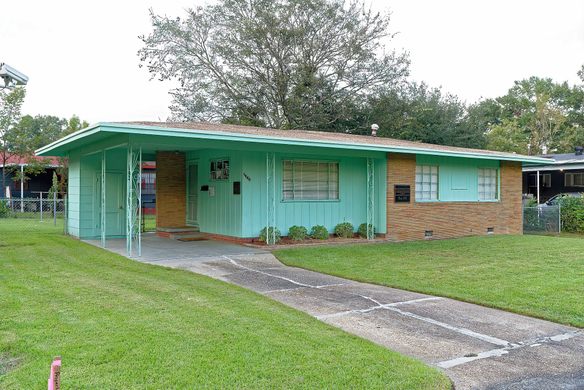

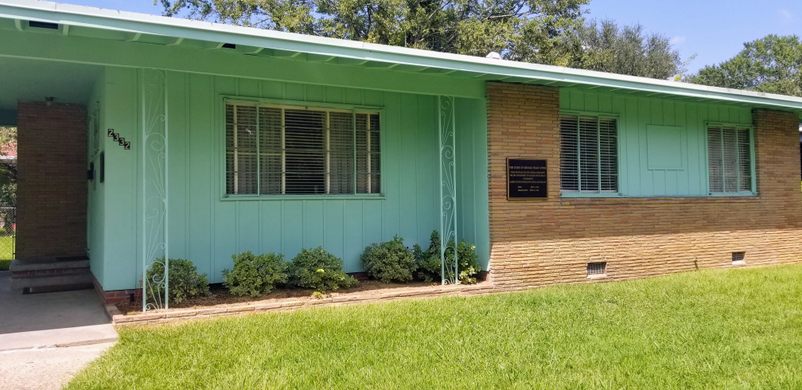


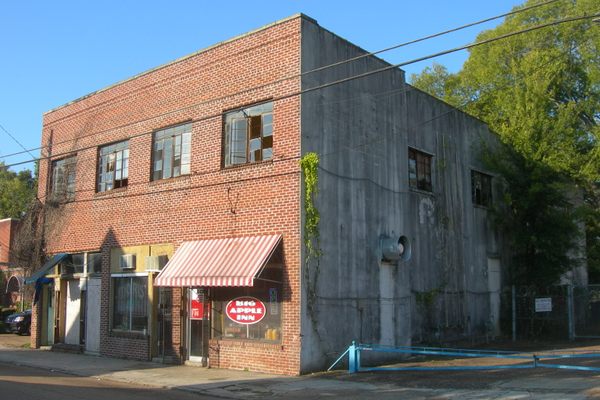
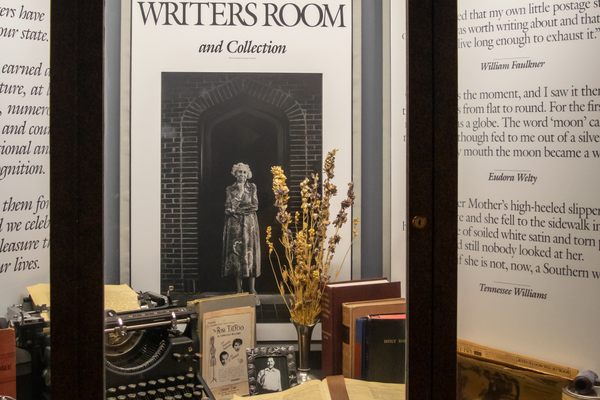

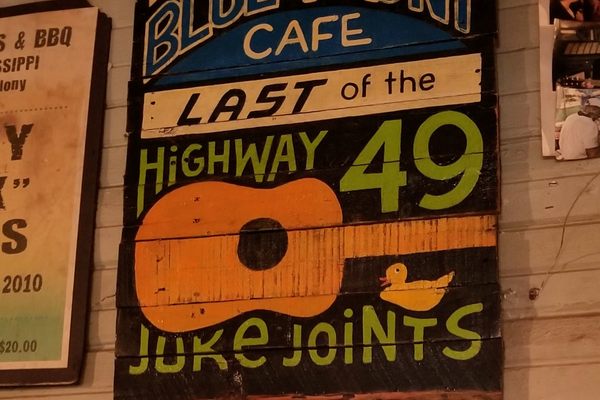

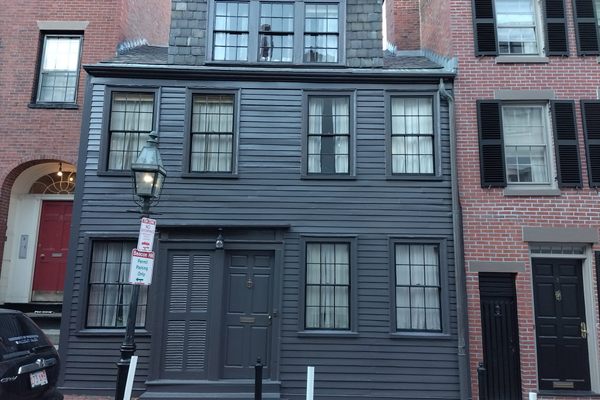



Follow us on Twitter to get the latest on the world's hidden wonders.
Like us on Facebook to get the latest on the world's hidden wonders.
Follow us on Twitter Like us on Facebook